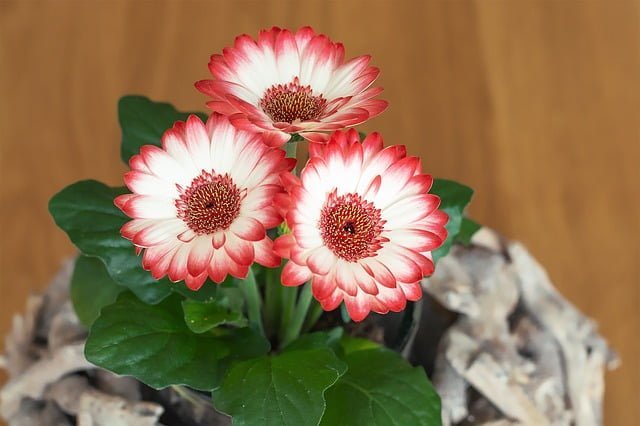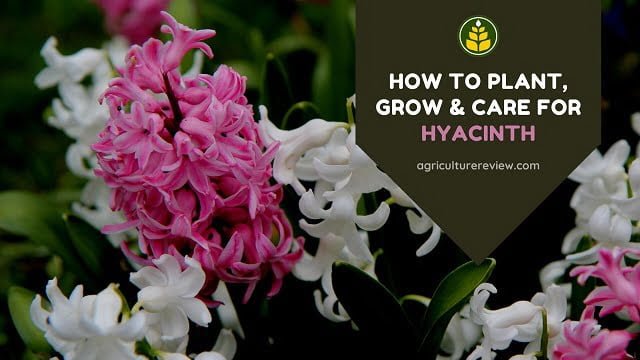This ultimate guide on gerbera daisy care will help you to grow and care for gerbera daisies. Learn best gardening practices to get heavy bloom.
Gerbera is a tropical region flowering plant that originated in Africa and Asia. That’s why botanist often call them “African Daisy.”
However, people also call Gerbera daisy as Transvaal daisy or Barberton daisy. Let’s know more about this beautiful flowering plant.
Table of Contents
Introduction
Gerbera is not only a name of a flowering plant. But it is a name of a genus of plants in Daisy Family. The name Gerbera is given to honour German botanist Traugott Gerber.
Gerbera is a very popular decorative garden plant. The flowers have a wide range of colours. They can be creamy white, yellow, pink, brick red, red, and various other colours.
In native region they can grow as herbaceous perennials. But in temperate regions you can grow them as annuals during summer season. Temperature range of 15 to 32 degrees Celsius favours the growth of this alluring flowering plant.
To grow and care for gerbera daisies, you need to follow the following points. They will help you to provide best care to your gerbera plants.
Gerbera Daisy Care Guide

You will need to start caring for your gerbera plant by knowing about basic plant requirements. They can be growing season, potting mix, sunlight, watering, and fertilizers.
Moreover you also need to be aware about pest and diseases that can harm your plant. Knowing about these most important will help you to keep your plants happy.
Growing Season
Gerbera is a tropical region plant. And you can easily grow gerbera in plant hardiness zones 9, 10, and 11. However, you can grow them anytime during the year. But spring is the best season to propagate gerbera plant.
Gerbera starts blooming from late spring to fall. Hence it can be a good choice for gardeners who love to have colourful flowering plants during summer season.
Moreover, it can also keep blooming during winters at places where temperature doesn’t fall below 15 degrees Celsius.
Potting Mix
Gerbera daisy plant loves well drained, sandy soil that is rich in organic matter. Slightly acidic soil is ideal for growing gerbera. It loves soil pH of 5.5 to 6.5.
If you do not have sandy soil then you can prepare ideal potting mix. Prepare potting mix with 40% garden soil + 20% river sand + 40% any bulky organic manure. I use vermicompost or leaf manure for this purpose.
In this potting mix you can also add one to two handful of bone meal and two tablespoon neem cake fertilizer. If you already have sandy soil, then add bulky organic manure.
Selection Of Pot
You can easily grow a single gerbera plant in a 10 to 12 inches sized pot. But make sure that the pot has at least 6 inch depth and 2 to 4 drainage holes.
I prefer growing gerbera in an earthen pot. But you can also grow them in cemented or plastic pots very easily. Just make sure to take care of the drainage. As waterlogging condition can harm this plant.

Propagation
You can propagate gerbera from seeds, division or micro propagation. Propagating gerbera from seeds is easy but it will take near about 2 to 3 years to produce flower. Moreover gerbera seeds do not remains viable for longer duration.
Sowing Of Seeds: You can sow gerbera seeds in shady spot. Use germination tray filled with potting mix for this purpose. Or you can also germinate seeds in the growing pot. Sow seeds when average temperature remains between 15 to 20 degrees Celsius.
Maintain adequate moisture and within 14 to 21 days you will notice growth of small seedlings.
Division: You can propagate mature gerbera plant through division. Apply adequate amount of water a day before practicing division. Take out the entire plant along with roots with the help of gardening tools like spade.
Try to avoid damage to any part of the plant. Wash out the soil from the root portion. Divide the plants by cutting through roots. Make sure that divisions must have a crown and healthy roots.
You can transplant the new plants in other growing pots. Make sure to keep crown portion above the soil. As crown is prone to rot. Hence keeping it below can promote fungal diseases.
Keep the soil evenly moist and plants in semi shade till it gets well established in the new pot. Once the plant seems healthy move the pot under direct sunlight.
Sunlight
Gerbera is a sun loving plant. It requires direct bright sunlight of at least 5 to 6 hours daily to grow and prosper. However it can also survive under bright indirect sunlight. But the plant size and flower size will get affected.
Watering
Although gerbera prefers moist soil but waterlogging condition can seriously affect and damage the plant. That’s why having a well drained potting mix is very necessary. Apply water according to the condition of the soil.
I prefer watering only when top layer of the soil seems completely dry. Do not let the water stand in the pot for more than a minute after watering.
Fertilizers
Do not use inorganic fertilizers for feeding gerbera plant. Use any organic manure once after every 30 days. I prefer adding two handful of vermicompost + 1 teaspoon bonemeal + one handful of neem cake powder.
During flowering period you can use banana peel or onion peel fertilizers. This will enhance booming and flower size.
Pests & Diseases
Gerbera is mainly prone to fungal diseases. Crown rot can seriously affect this flowering plant. Hence you will need to take care of watering properly. Avoid keeping crown portion below the soil level.
Always keep crown portion, i.e. just above the roots, above the soil. This will help to prevent crown rot disease in the plant.
However pests like leaf miners and caterpillars can also attack on this plant. You can use diluted neem oil to protect your plant from these pests.
Author’s Note
I guess you are now clear on gerbera daisy care guide. If you have any ideas, suggestions, or queries then do comment below. You can also connect with Agriculture Review on Facebook, Instagram, and Koo.





